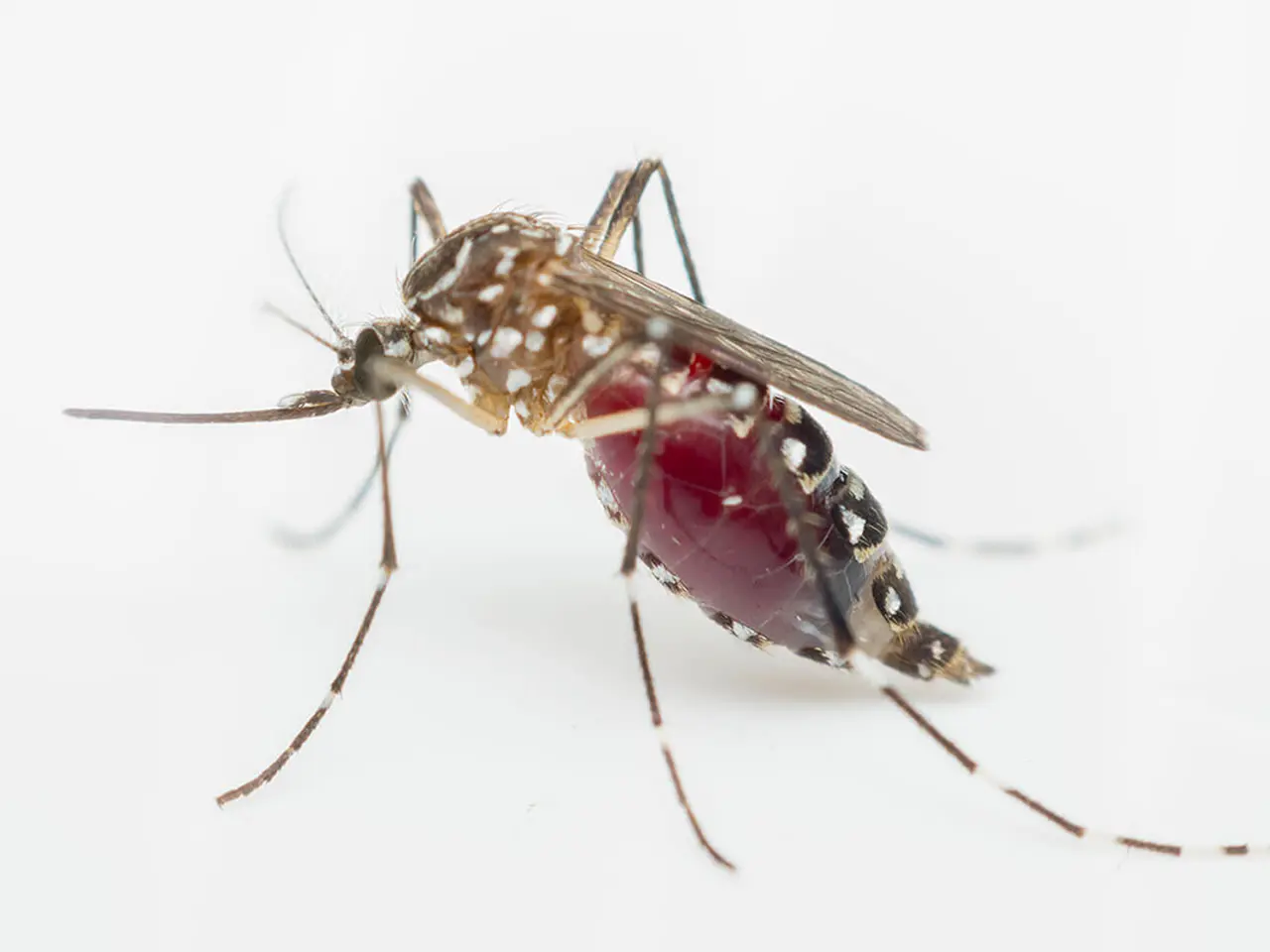Yellow Fever: What You Need To Know
Learn what yellow fever is, how it can be prevented and which mosquitoes carry the virus.
Be informed about this mosquito-borne disease.
Combatting yellow fever is a serious challenge in many parts of Africa as well as Central and South America. Learn everything you need to know about the yellow fever virus and how to prevent it.
What is Yellow fever?
Yellow fever virus is a mosquito-borne pathogen that can be transmitted to people via mosquito bites, causing yellow fever disease. According to the CDC, most people who contract the virus experience mild or no symptoms. When symptoms do arise, they take three to six days to develop and include fever, chills, headache, backache, nausea, and muscle aches. Serious symptoms develop in about 15% of people who contract the virus and include fever, jaundice and bleeding. In extreme cases, organ failure, shock and death are possible.
How can Yellow fever be prevented?
There is a yellow fever vaccine that is designed to protect against yellow fever for 10 years. Minimizing mosquito bites is another method to help in disease prevention. Using a skin-applied repellent such as [insert approved yellow fever product in given market] helps protect against mosquitoes that may carry yellow fever virus. Wearing long sleeves, long pants and other protective clothing and sleeping with screened-in windows or bed nets are other preventative measures. Also, draining any standing water near your home can help minimize breeding opportunities for mosquitoes.

Which mosquitoes carry the Yellow fever virus?
Several types of mosquitoes can transmit the yellow fever virus, but in urban areas the Aedes aeqypti mosquito is primarily responsible for the spread of the disease in humans. This type of mosquito is well adapted to living near people – it’s often found indoors, can lay eggs in as little as one teaspoon of water and primarily bites during the daytime.

Where are people most at risk for Yellow fever virus infection?
In certain parts of Central America, South America and Africa, certain types of mosquitoes may carry this virus. The exact distribution of at-risk areas can change. Check with the CDC or other reliable source for up-to-date information on at-risk areas.
Who is at risk of contracting Yellow fever?
People living in or visiting certain countries are at risk of getting bit by an infected mosquito. Those who are not vaccinated or have not previously developed immunity by contracting yellow fever are at risk of becoming ill. According to the CDC, high risk countries include:
Africa:
| Angola | Benin | Burkina Faso |
| Burundi | Cameroon | Central African Republic |
| Chad | Democratic Republic of the Congo | Republic of the Congo |
| Ethiopia | Gabon | Equatorial Guinea |
| Ghana | Guinea | Gambia |
| Liberia | Mauritania | Guinea Bissau |
| Nigeria | Kenya | Mali |
| Sierra Leone | Sudan | Senegal |
| Togo | Uganda | South Sudan |
Central America and South America:
| Argentina | Bolivia | Brazil |
| Colombia | Ecuador | Guyana |
| French Guiana | Panama | Paraguay |
| Peru | Suriname | Trinidad and Tobago |
| Venezuela |
2Only a portion of the country has risk of yellow fever transmission. For more information visit the CDC website.
Sources
